Poke Bowl (with Spicy Mayo)

Poké bowls are totally packed with nutritious ingredients, bright and fresh flavors, and deliciousness in every bite. If you're a first-timer, I'm jealous! These bowls are so good, and I feel great after I eat them.
There are so many different varieties of poké bowls - and they're super versatile. If you see ingredients you're not super fond of here, don't worry about it! You can absolutely swap them out and make them your own (in fact, I list a whole bunch of them further down in this post).
Poké bowls are incredibly popular for good reason - they're fresh, tasty, and super nutritious.
- Poké bowls are fresh, flavorful, and light. It makes a delicious meal year-round but is especially good during the hot summer months.
- They're healthy - made with fresh fish and lots of veggies!
- Love sushi? Then this is perfect - and they tend to be slightly more filling.
- Poké bowls are gluten-free (as long as you use Tamari soy sauce)!
- They're great for entertaining a crowd - and you can make different toppings so everyone can personalize them.
Poké is pronounced, "poh-keh".
Are poké bowls healthy?Poké bowls can be super healthy! They're usually made with fresh raw fish like salmon or tuna, which is a great source of lean protein and omega-3s. Plus, they're often served over a bed of rice or greens and topped with lots of veggies like avocado, seaweed, and green onions. So, you're getting a good balance of protein, carbs, and healthy fats.
It depends on the ingredients and how they are stored, but generally, they are best when eaten on the day they are made. Raw fish, the main ingredient in poke bowls, should be consumed fresh, and when left to sit for too long, the fish may spoil and lose its flavor and texture.
Poke bowls are a traditional Hawaiian dish made with marinated raw fish, typically salmon or tuna, that sits on top of a bed of rice and is garnished with a variety of toppings such as avocado, seaweed, and green onions. The dish is believed to have originated with ancient Polynesian fishermen who would cut off chunks of their catch, season it, and eat it on the spot. Poke bowls have since evolved and modernized, and it's now a popular dish all around the world, and it's a reflection of the diverse cultural influences that shape Hawaii's cuisine.
Poké bowls are dishes that usually contain marinated, raw fish, like tuna or salmon, rice, and then lots of different toppings (including but not limited to: avocado, seaweed, onions, carrots, and other veggies).
They're a great option for a healthy meal - and basically, you can customize them to your heart's content. The recipe provided is just a guideline!
And, just if you were wondering you pronounce it "poh-keh".
Poké originated in Hawaii. Poké means "to slice or cut" in Hawaiian and refers to chunks of raw fish. The dish originally was a simple snack; fishermen would cut off a piece of their catch, season it, and eat it on the spot. But it's evolved over time into this delicious bowl we're filling with fish and tons of toppings. It's a traditional dish that has been modernized and now it's famous all around the world.
Yes, poké bowls are traditionally made with raw, marinated fish, like tuna or salmon. However, depending on the type of poké you're getting, protein cooking may be happening (like if it's shrimp or chicken).
It's safe (and delicious) to eat raw fish in poké bowls, as long as the fish has been handled properly. However, pregnant people, young children, or those with compromised immune systems are at greater risk when eating raw fish.
What does Sushi Grade Fish Mean?
Sushi grade is a special designation given to fish, meaning that it's safe to eat raw. So if you see this, then you're good to go for poké bowls.
Diving a bit deeper - it also means the fish is being properly handled and stored to make sure there are no harmful bacteria or parasites. This includes the fish being frozen at a very low temperature to kill any parasites.
It can also be more expensive but taste fresher than other fish. I love being safe rather than sorry, so if there's sushi grade available, I'll spring for it and feel very confident about what I'm eating.
Just looking at this ingredient list makes me extremely happy. We'll be choosing every piece for maximum flavor and texture. But you should definitely feel free to experiment! I've got some other suggestions on what you could swap out below 🙂
Ahi tuna: This is the dish's star; it's a type of yellowfin tuna, and it's really common in poke bowls. It's got a great flavor and texture, and it's a lean protein source.
Soy sauce: It adds a salty and savory taste to the marinade, bringing out the natural flavors of the tuna.
Sesame oil: It gives the marinade a nutty and slightly sweet flavor and helps to bring out the umami in the tuna.
Rice vinegar: It adds a slight acidity to the marinade, cutting through the richness of the tuna and balancing out the flavors.
Ginger: It adds a nice spicy and slightly sweet flavor to the marinade and gives a nice kick to the overall flavor of the bowl.
Red pepper flakes: It adds a nice spicy kick to the marinade - plus makes the poke bowl more flavorful.
Mayonnaise: It's the base of the spicy mayo; it gives the sauce a creamy texture and helps balance out the spiciness from the sriracha sauce.
Sriracha sauce: It adds heat to the spicy mayo and gives a balance of spicy and sweet to the poke bowl.
Sushi rice: It's the base of the bowl, and used to add some volume and provide a balance of carbs to the dish.
Furikake seasoning: It's a Japanese seasoning blend that usually contains seaweed, sesame seeds, and salt; it adds an umami flavor to the poke bowl. This is optional, as it can be a bit tricky to find, but you can definitely get it at most Asian grocery stores (and it's totally worth it!).
Avocado: It adds creaminess and healthy fats to the poke bowl and contrasts the spicy mayo.
Green onions: They add freshness and crunch to the poke bowl and give a lovely balance of flavor.
Cilantro: It provides freshness and a subtle herb flavor to the poke bowl and helps balance out the flavors.
Sesame seeds: They add a beautiful nutty flavor and some texture to the poke bowl and help to bring out the umami in the tuna.
Ok, let's get to it. There are a few elements to make up here that take a bit of time, but everything is very worth it.
First up, let's make the marinade for the tuna. Mix the soy sauce, sesame oil, rice wine vinegar, ginger, and red pepper flakes.
Add the tuna, and toss until it coats the fish. Refrigerate this for at least 30 minutes, but you can marinate it for up to two hours if you want.
Make the spicy mayo: add the mayo and sriracha to a small bowl and mix. That's it! And it's so delicious.
Make your rice according to the package directions, and fluff it up with a fork. If you want even extra flavor, add some furikake seasoning and green onions to the rice itself. Also - add some rice vinegar, sugar and salt to make something similar to sushi rice (see the notes in the recipe for more info).
Drain the tuna, and place it on top of the rice. Sprinkle furikake over top of it.
Finally, top it with our other ingredients: avocado, green onion, cilantro, spicy mayo, and sesame seeds (plus anything else that sounds good to you - I also added some roasted seaweed and pickled onions to mine!).
You're good to go! Sit back and enjoy this amazing meal.
There are so many different ways to make a poké bowl - this slightly spicy version is one of my favorites. Looking for other inspo? Here are some great combos you can try!
Classic: marinated fish, usually tuna or salmon, on rice with green onions and sesame seeds.
With Max Veggies: You can add so many more vegetables to your poké bowl, including cucumbers, carrots, bell peppers, or even seaweed salad! Incredibly refreshing.
With Fruit: If you're looking for something a bit on the sweeter side, try adding mango or pineapple chunks to your poke bowl. Strawberry can also work well!
Swap the Protein: you can make a bowl with different types of fish, like shrimp, crab, or even more traditional land-based proteins like chicken.
Swap the Sauce: If you're looking to switch up the flavor profile in a big way, try wasabi or teriyaki sauce.
Switch the Grain: Rice isn't your only option - try your bowl with quinoa, brown rice, or cauliflower rice (this is especially good if you're looking for a low-carb option).
- Seaweed salad: It's a great addition and adds an umami flavor and a great texture.
- Edamame: It's a great protein source and adds crunch.
- Cucumber: Crunchy and refreshing.
- Carrots: They add a crunch and sweetness to the poke bowl.
- Pickled ginger: For a tangy and spicy flavor.
- Pickled onion: One of my all-time favorites - it adds such a fresh, sweet taste! Additionally, they're super easy to make. I used this recipe.
- Wasabi: It adds a kick of heat and is perfect for those who love spicy food.
- Crispy onions: Crispy, plus it's especially perfect for those who love fried food.
- Roasted sesame oil: adds a warm, nutty flavor.
- Fried garlic: it adds great texture and aroma.
- Jalapeño pepper: it adds heat and a fresh flavor.
- Pickled jalapeño: adds tangy and spicy flavor.
- Radish: it adds great crunch texture and a spicy flavor.
- Pineapple: adds a nice sweet and tropical flavor (highly recommend this one with this recipe in particular - the balance it brings is unreal!).
- Mango: it adds a sweet and fruity flavor.
- Lime wedges add acidity and freshness to the bowl (another great addition to this recipe).
- Seaweed paper: it adds crunch and a great umami flavor.
- Tobiko (flying fish roe): it adds a bite of salt and a pop of color.
- Ponzu sauce: it adds a citrusy and tangy flavor.
Poké bowls are complete meals in and of themselves, so you definitely don't need to serve them alongside anything. However, if you're looking to round things out, here are a few ideas:
Fried wontons or spring rolls add a nice crunch and a great flavor, perfect for dipping in soy sauce or spicy mayo.
Edamame: It's a great source of protein, and it adds a nice crunch to the poke bowl.
Seaweed salad: It's a great addition to a poke bowl; it adds a nice umami flavor and a great texture.
Miso soup: it's a traditional Japanese soup that is perfect to balance the flavors of the poke bowl; it's savory and comforting.
Cucumber salad: It's a refreshing side dish, perfect to balance the flavors of the poke bowl, it's another crunchy and light addition.
Fresh fruit: It's perfect to cleanse the palate, and it's a great way to end the meal; you can use pineapple, mango, or even strawberry.
Adding a deliciously cool and crisp white wine (or maybe a Pinot Noir if you're feeling spicy) makes this the perfect summer meal to enjoy al fresco. Here are some options for you:
- Sauvignon Blanc: It's a light-bodied white wine with high acidity and bright fruit flavors, it also works well with the freshness of the poke bowl and the acidity in the marinade.
- Riesling: It's another light-bodied white wine with high acidity and a touch of sweetness, and it's perfect to balance the spiciness of the poke bowl and the sweetness of the fruits.
- Gewürztraminer: It's a light-bodied white wine with high acidity and floral and spicy notes, it's great to complement the flavors of the poke bowl and the spicy mayo.
- Pinot Noir: It's a light-bodied red wine with high acidity and fruity notes; it works well with the fish and soy sauce flavors.
- Rosé: It's a light-bodied wine with high acidity and fruity notes. Basically, it's perfect to complement the flavors of the poke bowl and the spicy mayo.
Keep in mind that these are general pairing ideas, and it's always a good idea to try a few out to see what you personally enjoy. You can also ask your sommelier or the staff at the restaurant for a wine-pairing suggestion.
Plus: beer or sake can also be great options to pair with poke bowls - so ask your person at the local liquor store what they would recommend!
Poke Bowl (with Spicy Mayo)
Recipe details
Ingredients
- 1 lb Ahi tuna cut into small cubes
- 1/4 C soy sauce
- 1 tablespoon toasted sesame oil
- 1 teaspoon ginger freshly grated
- 2 tsp rice vinegar
- 1/4 teaspoon red pepper flakes
- 1/4 C mayonnaise
- 1 teaspoon sriracha *see notes
- 2 C cooked sushi rice *see notes
- 2 tablespoon furikake
- 1 avocado
- 1/4 C green onion sliced
- 1/4 C cilantro chopped
- 1/4 C toasted sesame seeds
Instructions
- In a small bowl, mix together the soy sauce, sesame oil, rice vinegar, ginger, and red pepper flakes.
- Add the cubed tuna to the marinade and toss to coat. Cover and refrigerate for at least 30 minutes, or up to 2 hours.
- In another small bowl, mix together the mayonnaise and sriracha sauce to make the spicy mayo.
- Cook sushi rice according to package instructions, and fluff with a fork.
- Place a serving of sushi rice in the bottom of a bowl.
- Drain the marinated tuna and add it on top of the rice.
- Sprinkle furikake seasoning over the tuna.
- Top with avocado slices, green onions, cilantro, and sesame seeds.
- Drizzle spicy mayo over the top.
- Serve and enjoy!
Tips
- This recipe will feed about 2 to 3 people as a main dish, or 4 to 6 people as an appetizer. However, it can be easily adjusted to feed more or less people by adjusting the ingredients accordingly. To feed a larger group, you can simply double or triple the ingredients as needed. It's important to note that the recipe can be also adjusted to your personal preference, you can add more or less of the ingredients based on your taste.
- For the sriracha mayo: this ratio of sriracha to mayo makes quite a mild sauce. Feel free to up the sriracha as much as you want (or even omit the mayo entirely and just go with sriracha!).
- If you don't have sushi rice, there are a few options you can use to make your poke bowl:
- Regular white rice: It's a great alternative to sushi rice, it's easy to find, and it's budget-friendly. You can cook it according to package instructions and it will work well as a base for your poke bowl.
- Brown rice: It's a healthier option than white rice and it has a nuttier flavor and a chewier texture, it works well as a base for your poke bowl.
- Quinoa: It's a great gluten-free option, it's packed with protein and it has a nutty flavor, it works well as a base for your poke bowl.
- Cauliflower rice: It's a low-carb and keto-friendly option, it has a similar texture to sushi rice, it's easy to make and it's a great way to add more veggies to your poke bowl
- Zucchini noodles: If you're looking for a completely grain-free option, you can use zucchini noodles as a base for your poke bowl, it's a great way to add more veggies to your poke bowl
- To add additional flavor to the rice, place it in a bowl. In another smaller bowl, add the following:
- ¼ C rice vinegar
- ¾ teaspoon salt
- 1 tbsp. sugar
- Stir until the sugar is dissolved (the salt may not dissolve completely, that's ok), and pour over the rice. Stir to combine.




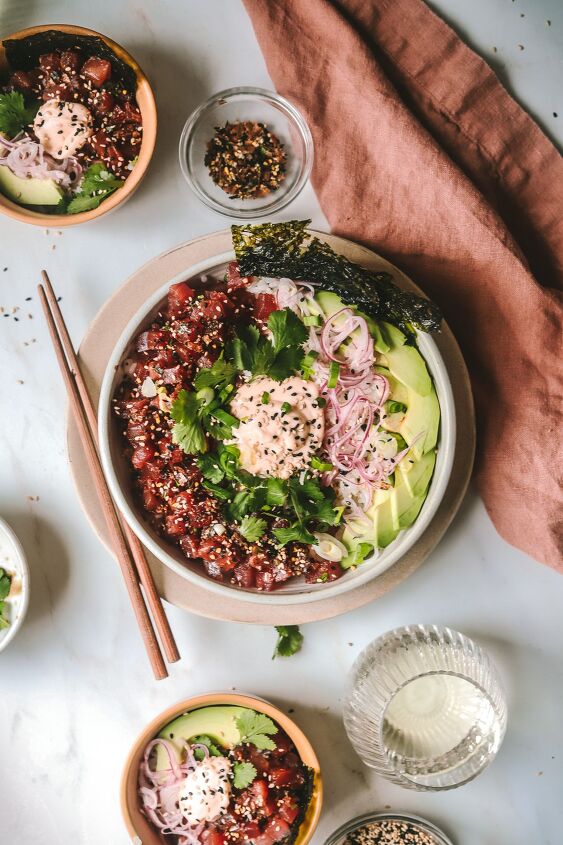
















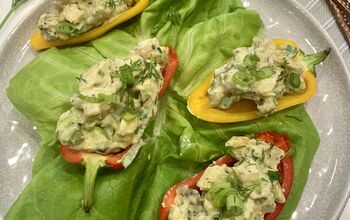
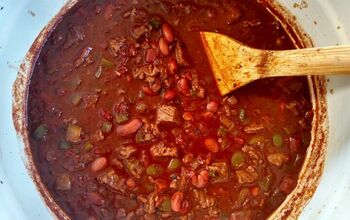
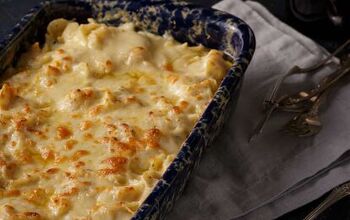


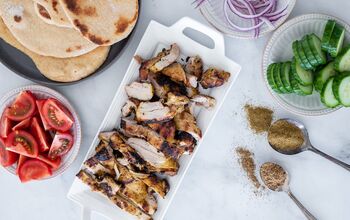
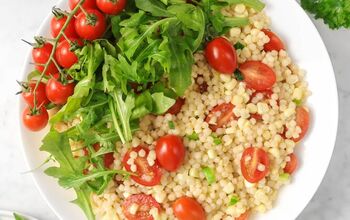

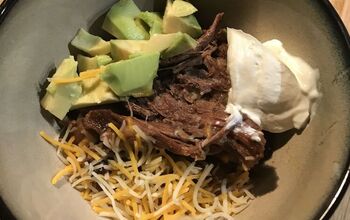
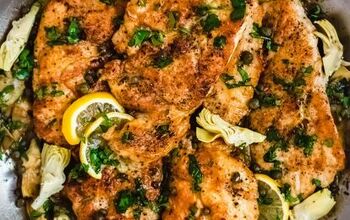

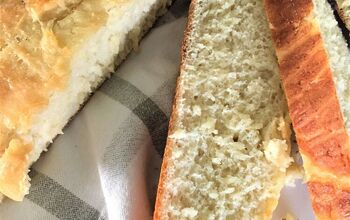


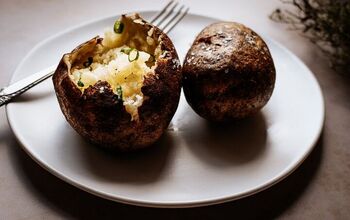
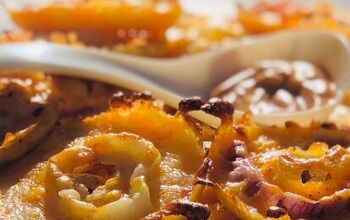
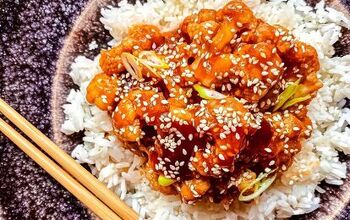


Comments
Share your thoughts, or ask a question!